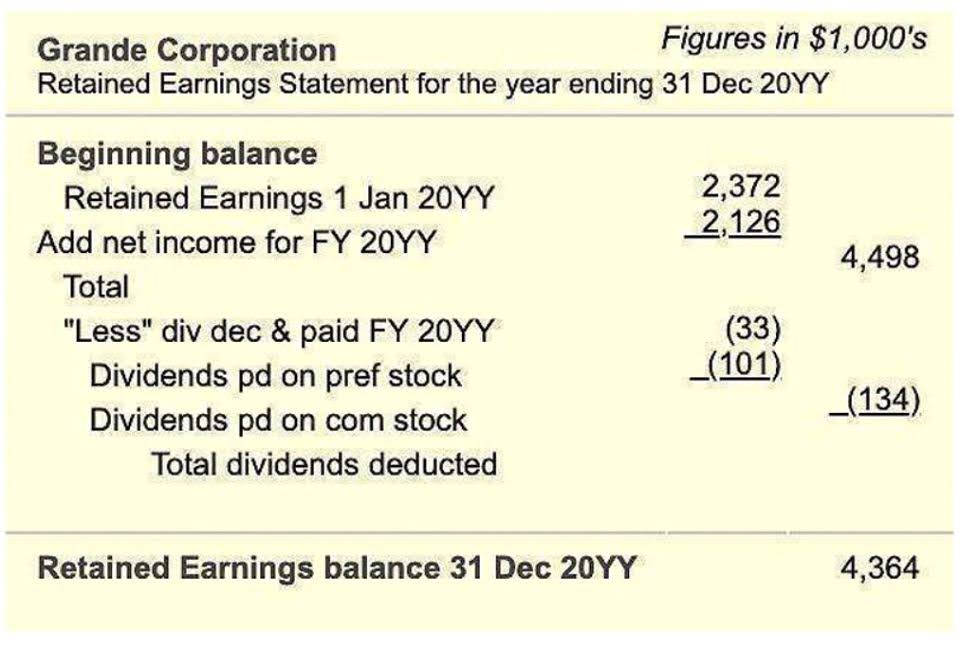Posting in Accounting

This method provides a comprehensive way to ensure that every transaction has a dual impact on the financial position of an organization. By recording both the debit and credit aspects of a transaction, double-entry posting helps in identifying any errors or discrepancies, thereby maintaining the accuracy and integrity of financial data. This systematic approach is crucial for businesses to track their financial health and make informed decisions based on reliable and balanced financial records.

What are Post Journal Entries?
- For example, if you’re billing a client for work done in May and June, you might use the June invoice date as the posting date for the transaction.
- Among these, posting dates are crucial for recording and reporting transactions.
- This method is suitable for businesses with straightforward financial transactions, as it allows for a simplified approach to bookkeeping and financial management.
- Regular and timely posting helps in maintaining up-to-date financial records, which is essential for generating accurate financial statements.
- By requiring that debits and credits always match, it helps in maintaining the accuracy of financial records.
- Using the wrong accounting period can lead to incorrect financial records and can make it difficult to reconcile accounts.
Synchronizing the posting of revenue and expenses minimizes the time between cash outflows and inflows, reducing reliance https://www.bookstime.com/ on external financing. Companies employing such strategies often exhibit healthier financial metrics, such as improved current ratios and reduced dependence on credit lines, which can attract investors. Predefined posting periods in accounting systems help mitigate the risk of unauthorized or erroneous entries. During audits, these systems generate audit trails that document every transaction’s posting date, providing transparency and accountability. These trails are invaluable during reconciliations, allowing for a detailed examination of discrepancies between recorded transactions and actual financial activity. Holidays and weekends often delay posting times, as banks and financial institutions typically do not process transactions on non-business days.
Difference Between Posting Date and Transaction Date
Maintaining accurate posting dates is crucial in maintaining accurate bookkeeping records. Companies should ensure that they have a system in place to accurately record posting dates, and that all transactions are recorded in the correct period. Regular and timely posting helps in maintaining up-to-date financial records, which is essential for generating accurate financial statements. Delays in posting can lead to discrepancies and make it challenging to reconcile accounts at the end of a financial period.

Who Is Responsible for Cash Posting?

Automated systems also offer robust error-checking mechanisms, flagging discrepancies and potential issues for review. This proactive approach to error detection not only improves the accuracy of financial records but also ensures compliance with accounting standards and regulations. By leveraging automation, businesses can focus more on strategic financial planning and less on the minutiae of manual data entry. Reconciliation ensures that balances in accounting records align with actual financial data, and the posting date is a cornerstone in this validation Accounting Periods and Methods process. Accurate posting dates create a reliable audit trail that auditors use to verify the integrity of financial statements.
The transaction date is important in determining the timing of the financial transaction, which affects the financial statements and reports. For example, if a sale was made on December 31, the revenue should be recorded in the books for that year, even if the payment was received in January of the following year. It is the date when the payment was made, and it is useful for businesses that have a delay between the invoice and the payment.

Factors Affecting Posting Times
- Auditors assess whether transactions are recorded in the appropriate accounting period, ensuring adherence to principles like the matching principle under GAAP.
- Tax regulations require that transactions be recorded in the period in which they occurred.
- Posting accounting definition involves manpower work, therefore, counted as a manual process.
- Businesses must manage posting processes diligently to ensure financial statements reflect economic events accurately.
Our rigorous editorial process includes editing for accuracy, recency, and clarity. Double Entry Bookkeeping is here to provide you with free online information to help you learn and understand bookkeeping and introductory accounting. While each entry in the posting accounting definition ledger is different general rules of posting apply in most cases.

The accounting cycle is a seven-step process followed for the completion of the accountancy task usually by double-entry bookkeeping method. Mentioning the date of transaction is the second step of posting a journal entry. Following proper separation of duties helps the posting process work smoothly, according to University of Florida’s guidelines. This sounds like a lot of work, but it’s necessary to keep an accurate record of business events. You can think of this like categorizing events into specific and broader relevant groupings.
From the perspective of closing the books, posting is one of the key procedural steps required before financial statements can be created. In this process, all adjusting entries to the various subledgers and general journal must be made, after which their contents are posted to the general ledger. It is customary at this point to set a lock-out flag in the accounting software, so that no additional changes to the subledgers and journals can be made for the accounting period being closed. Access to the subledgers and journals is then opened for the next accounting period.
- A ledger is used to categorize and summarize all of a business’s financial transactions during a specific accounting period.
- Once a payment transitions to posted status, the transaction is fully processed, the funds are officially debited, and it is recorded in the account statement.
- When dealing with transactions that occur across time zones, it’s important to take those time differences into account when determining the posting date.
- The Sarbanes-Oxley Act makes accurate financial reporting even more important.
- The balance sheet of the previous year is the basis of making opening en- tries of the subsequent year.
- A posted payment reduces the available balance, reflecting the finalized deduction of funds.
The balance sheet of the previous year is the basis of making opening en- tries of the subsequent year. But where more than two accounts are involved in one single transaction and there is only one journal entry made, it is said to be a compound entry. There can be two accounts in the debit and one in the credit or one in the debit and two in credit part. However, the rule of posting is the same in this case too, but care should be taken while posting the amounts. After making necessary adjustments to the subledgers and general journal, the contents must be posted to the general ledger to finalize the accounting period. Once the necessary posting has been completed, it is customary to set a lock-out flag in the accounting system to prevent any additional changes to the sub ledgers and journals for the current period.